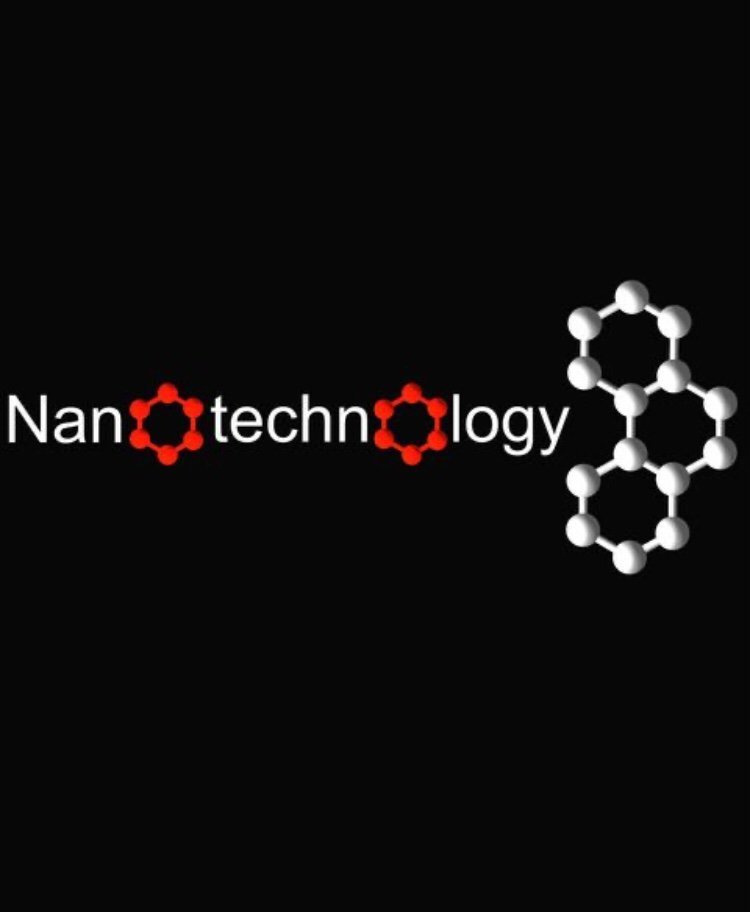Nanotechnology, the art of manipulating atoms and molecules at the nanoscale, is ushering in a revolution across various industries by harnessing the distinct properties of nanoparticles. This article delves into the far-reaching applications of nanotechnology in engineering, energy, medicine, and agriculture, while also addressing the potential health and environmental concerns it entails.
Nanotechnology, an artistry that thrives at the atomic and molecular level, revolves around crafting structures, devices, and systems with dimensions smaller than 100 nanometers (100 millionth of a millimeter). This minute scale unlocks materials’ latent and extraordinary attributes, thereby paving the way for innovation in diverse domains.
Capitalizing on nanoparticles’ unique attributes, nanotechnology is leaving an indelible mark on an array of industries, spanning engineering, energy, and medicine. Nanomaterials’ exceptional traits, emanating from their petite size, set them apart. They boast a notable surface area-to-volume ratio, amplifying reactivity, strength, and conductivity.
Such attributes render nanomaterials exceptionally versatile, seamlessly integrating them into a plethora of products and procedures. Ranging from electronic devices to medical therapies, energy generation to environmental reclamation, nanotechnology unfurls groundbreaking solutions. It has, for instance, elevated solar cell and battery efficiency, bolstered construction materials’ resilience, and propelled medical treatments to new heights.
Nanotechnology’s applications beckon with immense potential, offering societal benefits galore. This innovation has already permeated sectors like information technology, communication, culinary arts, energy production, and certain medicinal formulations. Nanomaterials usher in novel avenues for mitigating environmental pollution, promising a sustainable trajectory forward.

In the realm of biomedicine, nanotechnology stands as a potent game-changer. Milestones in this realm encompass pioneering diagnostic tools, inventive drug delivery mechanisms, and pioneering vaccines. These breakthroughs reshape healthcare through precision and efficiency, with ongoing research poised to revolutionize healthcare further by introducing novel therapies and diagnostic methodologies.
Amid the surging global population, agricultural systems face mounting pressure to augment food production. A pivotal facet in addressing this challenge hinges on food waste reduction, given that approximately one-third of all food goes to waste. Nano-sized particles have emerged as allies in this battle by yielding revolutionary fruit coatings that extend shelf life. Such advancements fuel the drive to bolster food security.
While the promises of nanomaterials are undeniable, they also raise health and environmental concerns. Human defenses have evolved to counter various environmental agents of diverse sizes. However, synthetic nanoparticles present a new challenge. These minuscule entities might elude our immune and inflammatory systems. Furthermore, they can disperse and endure in the environment, giving rise to questions about their environmental impact.
Nanotechnology has engineered a transformation in our world, offering novel solutions to age-old challenges. From healthcare to agriculture, this diminutive science wields monumental influence. While we wholeheartedly embrace nanotechnology’s advantages, it is equally paramount to navigate its potential risks to human health and the environment. Striking this delicate balance is imperative as we step into a future sculpted by nanoscale wonders.





